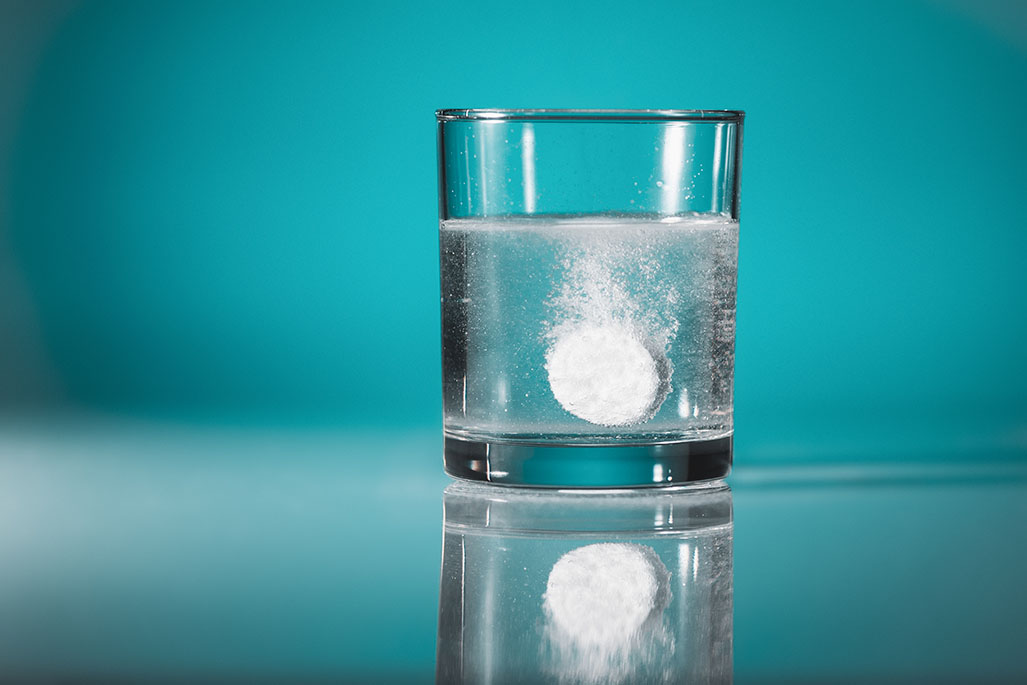

To dissolve means to break down into smaller pieces and mix evenly with another substance. This process is called dissolution.
For a substance to dissolve, it must be able to interact with the molecules of the solvent. The solvent is the substance that the other substance is dissolving in. For example, water is a solvent because it can interact with the molecules of sugar.
The rate of dissolution depends on a number of factors, including the temperature, the surface area of the solute, and the stirring.
Dissolution is an important process in many different areas of science, such as chemistry, biology, and medicine. It is used in a variety of applications, such as making solutions, extracting chemicals, and cleaning surfaces.
The word "dissolve" is related to the words "solution" and "solvent".

Noun: dissolution.
Verb: dissolve.
Adjective: dissolvable.
Adverb: dissolutely.
Synonym: melt.
Antonym: solidify.
The word "dissolve" comes from the Latin word dissolvere, which means "to loosen" or "to break up". It is made up of the two Latin words dis (apart) and solvere (to loosen).
What substances dissolve?
Question:
Explain the process of dissolution and factors that affect the rate of dissolving. Describe the scientific principles behind the dissolution of different substances in water and how temperature, surface area, and stirring impact the rate of dissolving. Provide real-world examples of everyday situations where dissolution occurs and its significance.
Answer: